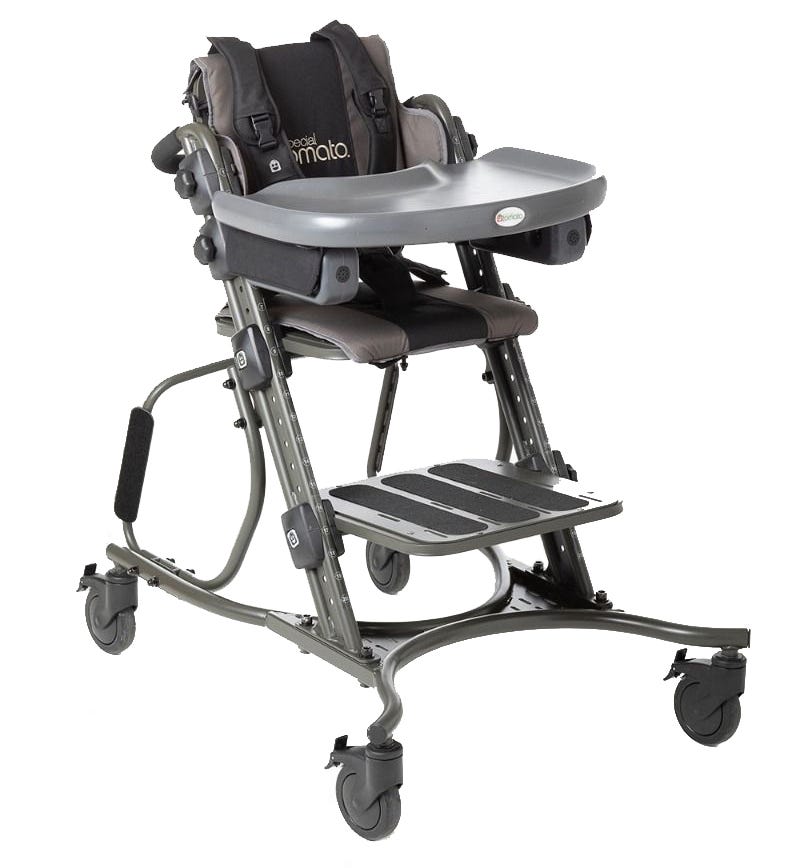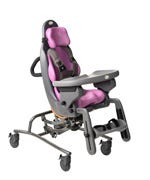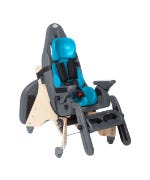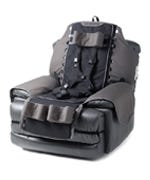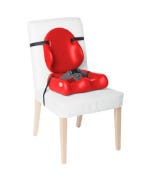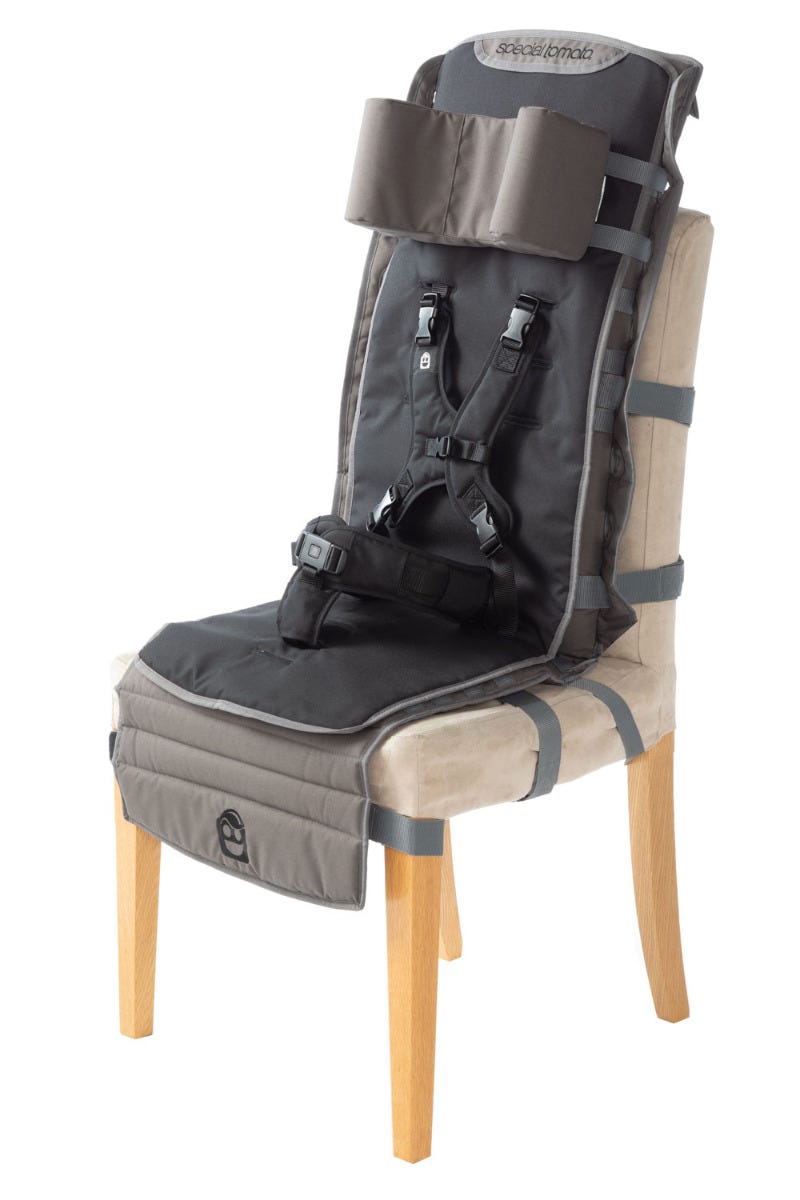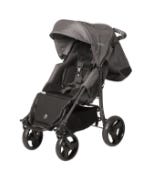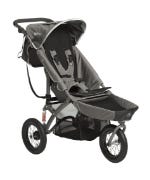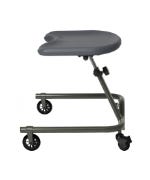Understanding Sensory Differences (with Tips for the Holidays)
Differences are commonplace in the way we take in information through our senses (sight, sound, touch, smell, taste), process it and respond to it. We all know people who jump 4 feet into the air when a balloon pops and someone else who barely acknowledges it. Both reactions are considered “normal” but offer clues to the fact that we process incoming information differently and we respond to it differently. In fact, in the late 1990’s Judy Singer, a sociologist diagnosed with autism, came up with a word to describe this phenomenon, neurodiversity. Like with other human differences, the degree to which the difference presents itself can become an issue for the person experiencing it and for the people around them. The holidays are a time when being aware of and understanding sensory issues can make a big difference.


People with sensory processing issues generally fall into two categories. People are either oversensitive (hypersensitive) to sensory input, under sensitive (hyposensitive), or a mixture of the two. For people who are oversensitive, bright or flickering lights, loud noises, certain textures of food, and scratchy clothing can act as “triggers” for feelings of discomfort. These reactions can be intense and at times lead to what is referred to as ”sensory overload”. When a person is experiencing sensory overload, it can be very difficult for them to keep themselves and what they are feeling organized. Their reaction may be expressed as a “melt down” or conversely, they may “shut down”. “Melt downs” are different from ordinary temper tantrums, though to the uninformed they may look very similar. Melt downs are beyond the control of the person experiencing them. They are very difficult to manage and most often need to simply run their course. Over time, when a person becomes aware of their own triggers, they may begin to display avoidance behaviors- staying away from certain types of sensory input because it is overwhelming. Thinking about sensory hypersensitivity in the context of the holidays, it’s easy to see how challenges could arise. Hanukkah and Christmas are sometimes referred to as the “Season of Light”. Decorations are filled with light and sound. Thanksgiving often brings large groups of people together with unfamiliar food, different clothing choices and a myriad of unfamiliar sensory input. Any holiday that is an opportunity for gift giving, especially of high tech toys and gadgets, can result in an explosion of new sources of light, sounds and texture. This can be stressful when a typical day with sensory differences is already challenging.
Conversely, some people are far less sensitive (hyposensitive) to sensory input than what is typical. People who are hyposensitive may behave in very different ways. They may seek sensory stimulating input from the environment (”sensory seeking”). Many people who are hyposensitive need to feel contact or pressure to remain calm with well-regulated behavior. These people also frequently have an unusually high tolerance for pain and may not realize when then have been hurt or when they are hurting others. Sensory seekers may benefit from a sensory diet which is a carefully designed series of physical activities and accommodations tailored to give them the sensory input they need to help them maintain a calm, alert state and successfully stay engaged in everyday life experiences.
Both types of sensory differences and combinations of the two are common in people diagnosed with anxiety, ADHD (attention deficit hyperactivity disorder), and ASD (autism spectrum disorder) as well as other diagnoses that effect the nervous system. The good news is research is leading to a more thorough understanding of these differences. There are now many things that can be done to make things more manageable for people who experience sensory differences. For example, when triggering situations are known, they can be avoided or minimized. Preemptive problem solving can take place to lessen the stress of situations that are unavoidable. At the very least, informing and educating other people who are unfamiliar with these types of challenges can help reduce tension.
- Modify lighting- If bright lights are overwhelming, dim lighting. Light is softer from colored light bulbs or compact fluorescent lamps. Sometimes simply adjusting the position of the light can help.
- Reduce glare- If sunlight is an issue, sunglasses can help. Make sure to always have a pair with you or if it’s your child, make sure they always have a pair in their backpack. In the classroom, make sure the teacher is aware of the issue of light sensitivity and make sure your child's desk is away from direct sunlight. Portable shades that can be suction-cupped to a car window or classroom window are also a great idea.
- Make things brighter- Some people are under sensitive and need more visual input. Color coding items to help with organization is a good idea. People who under register light may need brighter lights in their room or workspace.
- Tone things down- Bright lights and “visual clutter” can be overwhelming. It can cause problems with focus and concentration and can even impact a person’s ability to fall asleep. Keep rooms and workspaces simple and functional. Resist the urge to decorate with distracting wall hangings and knickknacks.
- Ease up on eye contact- People with sensory processing differences can find it hard or distracting to make eye contact. For example, telling a child they need to look at you while you’re talking may make it difficult from them to concentrate on what you are saying. Let them know that they don’t need to look at you directly, but they do need to listen and show that they have understood what you have said.
- Address safety concerns- Some people have difficulty understanding where their body is in relation to the objects they are seeing, resulting in a tendency to bump into things or trip over them. Thinking carefully about where objects are placed in a room can help. Busy patterns on wallpaper or rugs can make it hard to see where things begin and end. Decorating in simple, sharply contrasting colors is a good idea. You can also use colored tape to highlight doorframes, the edge of stairs or other potential problem spots to make them stand out.
- Give advance warning- If there are loud sounds that you know are coming, let people know what to expect ahead of time. This can be especially important when traveling. In public restrooms, reminders that toilets are self-flushing and hand dryers can seemingly turn on without warning is a good thing to know. Finding places that are farther away from the source of the noise can also be helpful.
- Muffle sounds- Earbuds, noise canceling headphones, or ear plugs are great for this. They can provide protection from noises that can’t be avoided. There are many of these types of products on the market today. (Keep in mind that people who are sensitive to touch might find certain ear protection uncomfortable so there may be some trial and error involved in selecting the right product). These protective products should muffle but not block sounds. Blocking all sounds can lead to safety concerns.
- Address safety concerns- People with hypersensitivity to sounds may also struggle with an inability to filter out unimportant sounds. They may have difficulty distinguishing between “background noise” and important noises like alarms. Or they may react so strongly to an unexpected sound they are unable to attend appropriately to what is going on around them. If for example a fire alarm goes off, encouraging a child with hypersensitivity to sound to pay attention to what they are seeing, flashing lights and kids lining up at the door, can be helpful. Practicing how to respond in these situations is also a good idea.
- Problem solve with others- Creative solutions are always available, and two heads are better than one! Using the example of a planned fire drill. A teacher could signal students with known hypersensitivity to the alarm. Teachers could assign a “safety buddy” to a child who has difficulty managing fire drills and that student could help guide and talk them through the situation. If a person is easily overwhelmed in large gatherings of people, for example in an auditorium during a performance, make sure they choose a seat where they can easily slip outside if the noise becomes overwhelming.
- Take new experiences slowly- It’s not always possible to avoid noisy places. If you need to go to a super busy Walmart, for example, call ahead and see when the least busy time is. Go during quieter times at least in the beginning and then work your way up to busier times if needed. If you are the parent of a child that has sensory differences, check out new places ahead of time, without your child, so you can explain what to expect.
- Set boundaries- It’s okay to set boundaries! If the sounds of an action-filled video game or playful roughhousing stress you or your child out, it’s okay to say so. For example, teach your child it’s okay to say to a friend “I like that game, but the sound of the buzzer hurts my ears. Can we play a quieter one?” Role playing these scenarios ahead of time can help.
- Use white noise- White noise can help soften the impact of jarring or annoying sounds. A fan or a white noise machine can even help with sleep. In public, white noise apps are available to be used through your phone with earbuds.
Everyday life can be challenging for people with sensory processing differences and they can often be misunderstood. Trouble with sensory processing doesn’t mean a person is difficult or overreacting. These problems are not caused by a lack of discipline or toughness. When provided with the right strategies, people with sensory differences can thrive. In fact, more and more places are creating sensory friendly opportunities. Movie theaters, theme parks, sports venues and even airports are starting to offer special showings, events and spaces for people who struggle with sensory issues. With the right support, people with sensory issues can effectively cope with their differences so they are able to learn, socialize and enjoy experiences in daily life and that includes the holidays!


